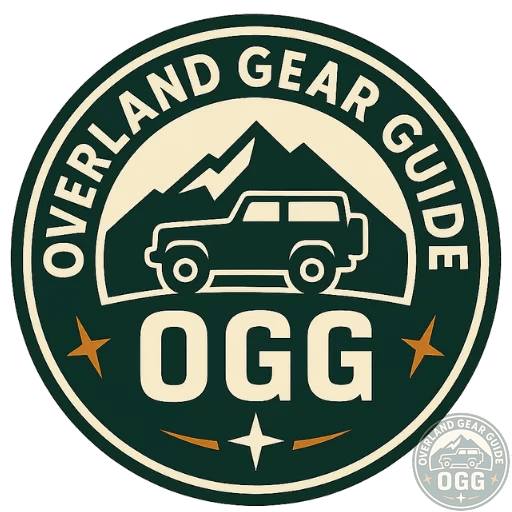Sand Driving • Skills • Part 3 of 3
From Beaches to Deserts: How to Adjust Your Sand Driving Style

Beach sand and inland dunes demand different PSI, lines, and throttle. Master these adjustments to float over wet beaches and crest hot desert dunes with confidence—while avoiding common failure modes.
Beach vs. Desert: What Actually Changes
Beaches (wet & firmer)
- Run the firm band near the wet line—away from surf.
- PSI typically higher than dunes; momentum is smooth and steady.
- Watch for tide-scoured holes, creek mouths, driftwood, salt corrosion.
Dunes (dry & soft)
- Fine, hot sand shifts with wind; traction drops fast with wheelspin.
- Plan straight run-ups; feather the crest; descend straight with engine braking.
- Scout the lee side (steep/soft) vs. windward (firmer/gradual).
Starting PSI Ranges
| Environment | Typical PSI | Notes |
|---|---|---|
| Firm/Wet Beach | 18–22 PSI | Balance float with steering feel; avoid sharp turns. |
| Soft Beach / Small Dunes | 15–18 PSI | Drop further as sand loosens or temps rise. |
| Large, Dry Dunes | 12–15 PSI | In extremes, 8–10 PSI briefly to get moving; reinflate ASAP. |
Field drill: If you start to bog, stop, drop 2–3 PSI, shovel a short ramp, then pull away gently in a taller gear. Don’t spin.
Technique: Lines, Throttle, & Braking
Beach Playbook
- Glide in 4-High with smooth inputs; avoid abrupt stops.
- Scout water crossings; go slow—sand can be undercut.
- Use wide arcs at low PSI; tight turns plough and risk de-bead.
Desert Dune Playbook
- Build speed early, climb straight, keep throttle steady.
- Ease off just before the crest so the nose settles—look before you drop.
- Descend straight in low gear; rely on engine braking, not pedal stabs.
Gear We Trust (Beach & Dune)
Staun Tyre Deflators — Set & Forget (6–30 PSI)

- Clip on and walk away — auto-stops at target PSI.
- Fast four-corner air-down without kneeling at each valve.
EZ FLATE M.O.A.B. Compressor (Auto-Stop, 10.6 CFM)

- Auto Air Mode: Set PSI, pump auto-stops. Perfect for post-beach reinflate.
- Dual cylinders for fast fills on 33–35s and touring rigs.
Recovery Boards (Maxtrax/TRED class)

- Instant ramp + grip—dig, place, idle out without roosting.
Kinetic Recovery Rope

- Smoother assisted pulls; lower shock loads than static straps.
Disclosure: Some links are affiliate links. If you buy through them, we may earn a small commission at no extra cost to you.
Quick Safety
Below ~12 PSI without beadlocks increases de-bead risk. Keep speeds walking-pace, avoid sharp steering, and reinflate for any long hardpack or highway sections.
© Overland Gear Guide — Tested in the field by real overlanders.

